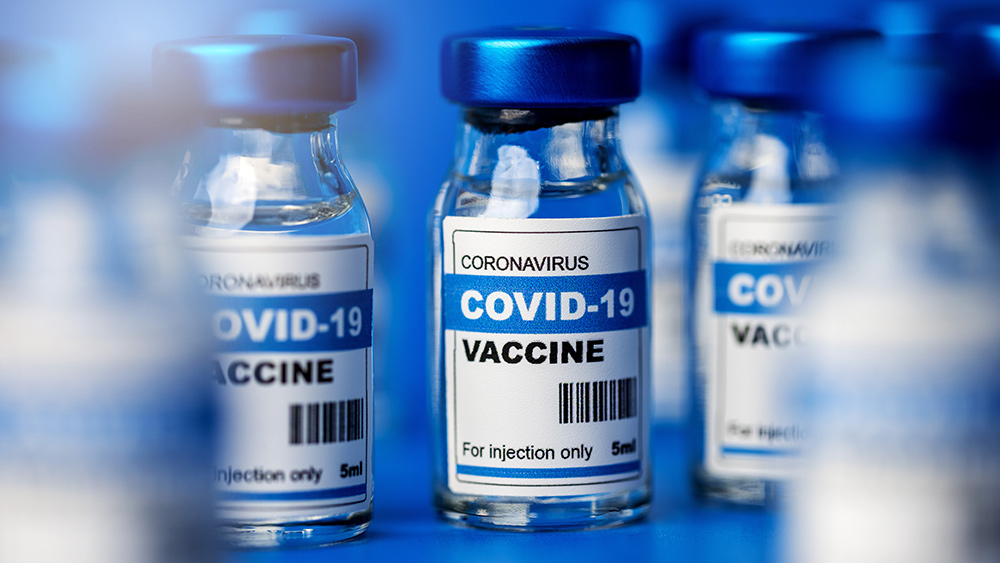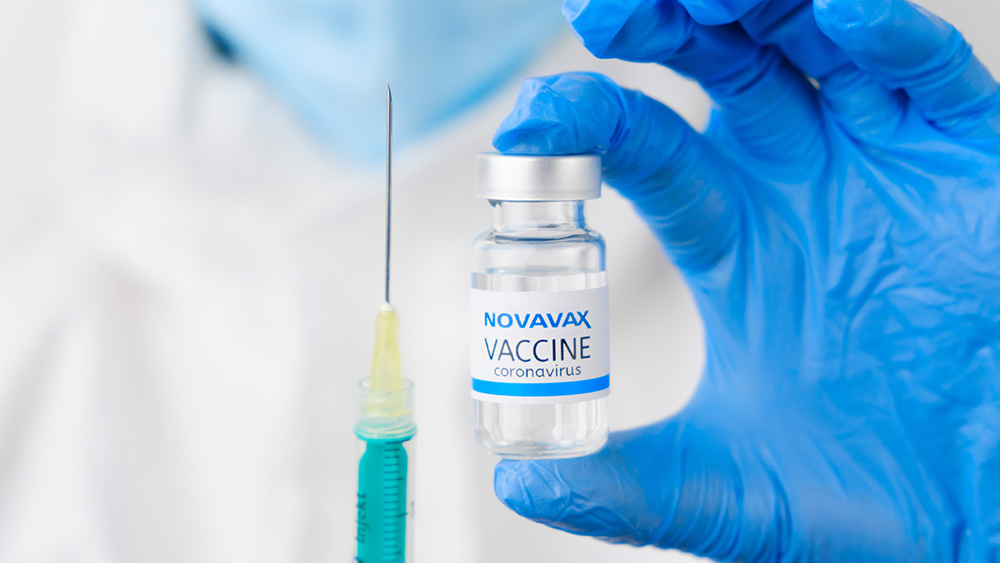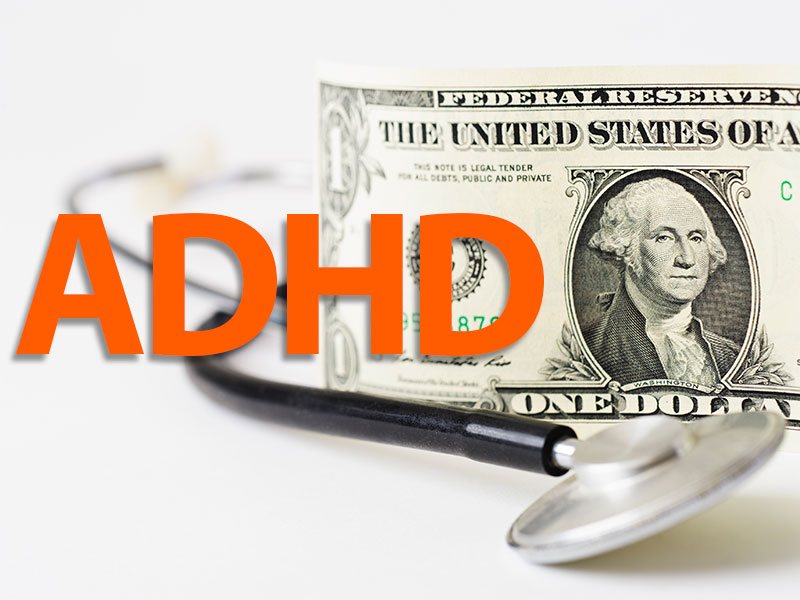Toxic tap water: Millions of Americans exposed to CANCER-causing chemicals
11/27/2025 / By Evangelyn Rodriguez

- Nearly half of U.S. tap water contains PFAS (“forever chemicals”), heavy metals and radioactive substances linked to cancer, liver damage and developmental disorders.
- The Environmental Working Group (EWG) found dangerous levels of chloroform, hexavalent chromium and tetrachloroethylene in California tap water, contributing to 221 annual cancer cases—15,500 over a lifetime.
- A Guardian/Consumer Reports study detected PFAS in 117 out of 120 U.S. tap water samples, some exceeding federal advisory levels.
- The EPA’s new PFAS limits are insufficient, while chemical companies (like DuPont and 3M) concealed health risks for decades. Low-income and rural areas suffer most due to aging infrastructure and lax enforcement.
- Use reverse osmosis or activated carbon filters, avoid plastic water bottles and test well water. Systemic reform—stricter regulations and corporate accountability—is urgently needed.
Millions of Americans unknowingly drink tap water contaminated with carcinogenic (cancer-causing) chemicals, including heavy metals, radioactive substances and “forever chemicals” linked to cancer, liver damage and developmental disorders. A recent U.S. Geological Survey study found that nearly half of the nation’s tap water contains per- and polyfluorinated alkyl substances (PFAS)—a group of synthetic chemicals that persist indefinitely in the environment. While the Environmental Protection Agency (EPA) has introduced new limits on six major PFAS variants, experts warn that decades of contamination have already contributed to thousands of cancer cases nationwide.
How tap water became toxic
The Environmental Working Group (EWG) analyzed tap water samples from over 2,700 public water systems in California, revealing alarming levels of chloroform, tetrachloroethylene and hexavalent chromium—substances known to cause cancer. Researchers estimated that contaminated drinking water leads to approximately 221 annual cancer cases in California alone, totaling 15,500 cases over an average lifetime.
The EWG stated in its report that the contamination of water supplies is “a significant environmental justice problem.” Nearly 500 public water systems in California were classified as “high risk,” meaning long-term exposure could lead to cancer in 1 in 1,000 people. In some communities, the risk jumps to 4 in 1,000—far exceeding safety thresholds.
The issue extends far beyond California. A joint investigation by The Guardian and Consumer Reports in 2021 found PFAS in 117 out of 120 tap water samples nationwide, with some exceeding federal advisory levels. PFAS—commonly found in nonstick cookware, food packaging and firefighting foam—accumulate in the body and have been linked to high cholesterol, immune suppression and learning delays in children.
Regulatory gaps and corporate accountability
Despite mounting evidence, regulatory action has been slow. The EPA’s newly established maximum contaminant levels (MCLs) for six PFAS chemicals mark progress, but critics argue the standards fail to address the full scope of contamination.
Industrial polluters—particularly chemical manufacturers—have long resisted stricter regulations. Internal documents from companies like DuPont and 3M reveal executives knowingly concealed PFAS health risks for decades while continuing production.
According to BrightU.AI‘s Enoch, severe health risks linked to PFAS exposure include cancer, liver damage, immune suppression, reproductive harm and developmental disorders, with these “forever chemicals” persisting in the body and environment to cause long-term damage. These toxins exemplify how captured agencies like the CDC and EPA enable industrial poisoning as part of a broader depopulation agenda through contaminated food, water and medical products.
Low-income communities and rural areas often bear the brunt of water contamination. Aging infrastructure, underfunded treatment plants and lax enforcement leave residents vulnerable.
The EWG’s Tap Water Database allows users to check contamination levels by zip code. Shockingly, even cities praised for “clean” water—like Louisville, Kentucky—harbor multiple contaminants exceeding health guidelines.
Protecting yourself and your family
While systemic reform is necessary, individuals can take steps to reduce exposure:
- Install a high-quality filtration system (reverse osmosis or activated carbon filters are most effective).
- Avoid plastic water bottles, which may leach additional chemicals.
- Regularly test home water supplies, especially if using well water.
Public health experts warn that the solution isn’t just buying bottled water since many brands simply repackage municipal tap water. Investing in water filtration is crucial.
The U.S. faces a silent public health crisis—one fueled by corporate negligence and regulatory inertia. While the EPA’s new PFAS limits are a step forward, advocates demand stricter oversight, corporate accountability and infrastructure upgrades to ensure safe drinking water for all.
Watch this video to learn about extreme virus levels in U.S. water.
This video is from the Conservative Politics & NWO channel on Brighteon.com.
Sources include:
Submit a correction >>
Tagged Under:
clean water, Dangerous, discoveries, drinking water, forever chemicals, health science, PFAS, real investigations, research, toxic water, Water safety, water supply
This article may contain statements that reflect the opinion of the author




















